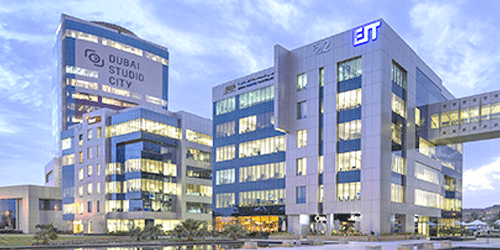
As the catastrophic pandemic gripped the world in the last year, people globally have increasingly been confined to their homes, which doubled up as office spaces. This made all of us realise the importance of the quality of these spaces and its impact on our personal well-being. We are increasingly seeing more appetite for sustainable or green buildings, and this trend will only accelerate and increase the proportion of LEED certified buildings globally.
LEED stands for Leadership in Energy and Environmental Design – these certification standards have been set by the US Green Building Council have changed over 100,000 buildings globally in the last 20 years that have been built, converted, maintained, or operated based on leading edge sustainability practices. The internationally recognized certification of sustainable buildings, which ensures that your company meets its requirements, means that your structure is dynamic, clean, and cost-effective.
UAE has a market has embraced this wholeheartedly and has pioneered green construction – it is the leader in the MiddleEast with over 600 green building projects, and several more in the pipeline
There are different levels of LEED certification, starting with basic certified, to silver, to Gold and Platinum. A strong push has been observed in the recent past in the last 2 categories – for which a new building needs to achieve 80 points and 110 points respectively. The different trade offs and strategies need to be devised carefully across multiple categories
a) Efficient management of energy and water resources
b) Management of material resources and waste
c) Restoration and protection of environmental quality
d) Enhancement and protection of health and indoor environmental quality
e) Reinforcement of natural systems
f) Analysis of lifecycle costs and benefits of materials and methods
g) Integration of the design decision-making process
LEED buildings have a number of benefits for the building owners, occupants and for the environment.
a) For owners the benefits are reduced operating costs, lower employee absenteeism and turnover, higher resale value, less time on the market, reduced risk
b) For occupants, LEED certified buildings promote healthy indoor spaces, which help to boost productivity, and well-being, which are particularly critical for schools and healthcare facilities (to ensure improved air quality and occupant comfort)
c) Above all Green buildings are the right things to do – LEED Certified building reduce environmental stress. It is a resource and energy-efficient process, it encourages community and preserves natural systems which are essential for our subsequent generations
While the last year has been a challenge, it has opened people’s minds to even a bigger crisis that faces us climate change, and it is critical for leaders to rise to the challenge – LEED certified buildings, and retrofitting existing buildings through the LEED EBOM certification are key steps in this direction to reduce the footprint of the built environment. Along with the intent, it is important for leaders to work with the right experts and partners to make the right trade offs to be sustainable but also economical and ensuring the right returns on projects!
Go LEED!